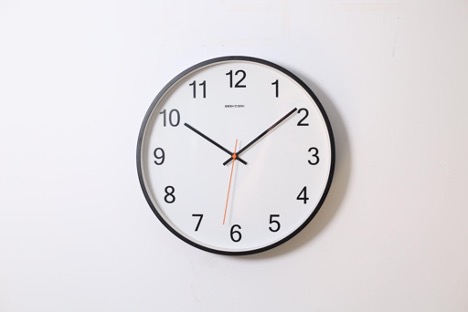Where to invest $50,000 today?
You have $50k sitting somewhere, either making a tiny little bit of return or being devoured by inflation. You don’t want that. So, where to invest $50,000 today? Well, we can’t tell you what’s best, but we can talk you through some options.
This blog covers mid-term notes, their pros and cons, and some next steps if you think they sound good.
If you already know that you want to invest in our 12%* 24-month note, you can do that here.
What are mid-term notes and why might they be good for your $50k?

Investors like mid-term notes because they offer a happy medium between the relatively low-risk, low-return world of short-term notes and the higher-risk, potentially higher-reward world of long-term notes. Think of them like a Goldilocks option.
Generally speaking, mid-term notes have maturities ranging from one to five years. They’re often issued by companies or municipalities that want to fund projects that will take a few years to complete. So, this could be a great way to invest your $50k if you are happy to leave it alone for 2-5 years.
One of the biggest advantages of mid-term notes is that they typically offer higher returns than short-term notes, while still providing a relatively low level of risk. Of course, the precise return you’ll receive depends on a variety of factors, including the issuer’s creditworthiness, prevailing interest rates, and things like that.
The Goldilocks note
Generally, long-term notes are considered higher risk than short-term notes because the longer the investment period, the greater the potential for changes in the market or the borrower’s financial situation, which may result in default. This increased risk is usually compensated by offering a higher interest rate to investors.

Short-term notes, on the other hand, typically have a maturity period of less than one year, which means they offer lower returns but lower risk as well. They are usually considered a safe haven for investors who are looking to park their money for a short period and don’t want to expose their funds to too much volatility.
So, mid-term notes might be a good option to grow your $50,000 if you are looking to balance risk and reward. They can provide you with a steady stream of income over a period of several years, which can be especially useful if you are nearing retirement and looking for a reliable source of income.
Our 12%* note, for example, provides you with an interest-only payment every 3 months. Then, you can cash in your original principal after 2 years, or you can roll your lump sum into another note.
The downsides of mid-term notes
One potential downside of mid-term notes is that they’re not as liquid as short-term notes. That means that if you need to sell your notes before they mature, you may have to accept a lower price than what you paid for them.

For some notes, like our 12%* one, you won’t be able to sell it before the full duration of the investment (24 months in our case) is complete.
Ensuring your capital is put to work for this guaranteed amount of time in our MCA deals is part of the reason we can aim for such high returns.
Alright, so, if you’re looking for an investment option that offers a relatively low level of risk and a decent return over a period of several years for your $50,000, mid-term notes may be worth considering.
If you like the sound of our 12%* 24-month note, you can get started here.
*It is essential to note that the 12% return is a target return and cannot be guaranteed. As with all investments, returns will vary based on the market, industry, and other risk factors.
